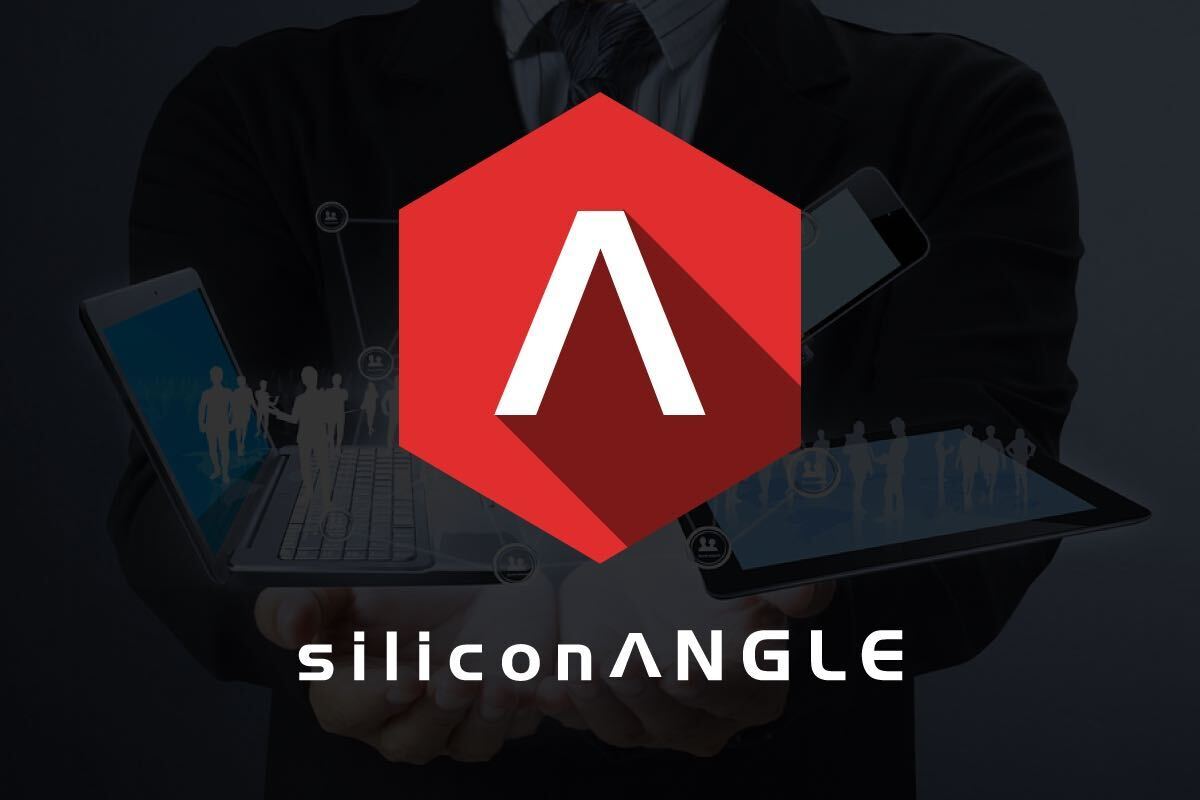


![]() Remember the days when tech-support told you to ‘defrag’ your PC when RAM was low causing your desktop to take far too long to boot-up and run applications? Remember how long that process would take? You, like me, probably had to leave the PC running overnight to complete the process.
Remember the days when tech-support told you to ‘defrag’ your PC when RAM was low causing your desktop to take far too long to boot-up and run applications? Remember how long that process would take? You, like me, probably had to leave the PC running overnight to complete the process.
Good news is those days are long gone thanks to modern operating systems and solutions. Bad news is the enterprises we work for – and are relying on daily for products, services and more – are still operating in this format to conduct daily IT tasks. Imagine how long processes take for media companies, cell phone carriers or even your toothpaste maker.
That’s because most businesses are still operating on outdated, time-intensive and expensive hardware technologies implemented long ago. They’re storing data on spinning disks that are taking up an overwhelming amount of power and rack space, while still underperforming. So, why are organizations opting to store their data on spinning disks?
Part of the reason is there hasn’t been a revolution in storage in a very long time and companies have become accustomed to spending lots time, money and resources on spinning disks. Today’s resource-intensive workloads – driven by big data and IT as a service – no longer play well with legacy disk drives. Today, many organizations need a solution that will scale efficiently to handle such tasks as large-scale analytics projects or virtual desktop infrastructure deployments. Ultimately, a mind-shift must change in order to significantly improve capital and operational expenses – whether it’s discussing IT overhead, space, power or cooling.
.
![]() In late 2007 into early 2008, the flash storage revolution began to gain ground and, as a result, provided organizations with a different alternative for storage. Flash-based storage solutions dramatically change the way applications are deployed and consumed by consolidating existing, cost-heavy storage arrays onto a smaller yet more powerful footprint. But what does that all mean for organizations:
In late 2007 into early 2008, the flash storage revolution began to gain ground and, as a result, provided organizations with a different alternative for storage. Flash-based storage solutions dramatically change the way applications are deployed and consumed by consolidating existing, cost-heavy storage arrays onto a smaller yet more powerful footprint. But what does that all mean for organizations:
So, let’s talk about the pink elephant in the room – cost. Flash offers significant benefits over spinning disk storage, but one of the main reasons why more organizations haven’t made the switch to flash is cost. Yes, flash storage costs more than spinning disks in terms of cost per byte, but is that really the metric organizations should use to compare costs? The answer is no. When comparing costs, organizations should look at cost per I/O as it is a better indication into the true performance and capacity of the storage solution. Using this metric, flash storage is more cost-effective than spinning disks, not to mention the above benefits organizations will achieve in their deployments.
As the flash revolution continues to grow and mature, more organizations that are using disk storage will begin to realize they are falling behind the eight ball. Disks simply don’t provide the horsepower that today’s organizations need. Not only does flash-based storage help increase performance, which at the end of the day helps organizations to make more money, it helps organizations save money in the long run through power and cooling cost reductions.
About the Author
THANK YOU